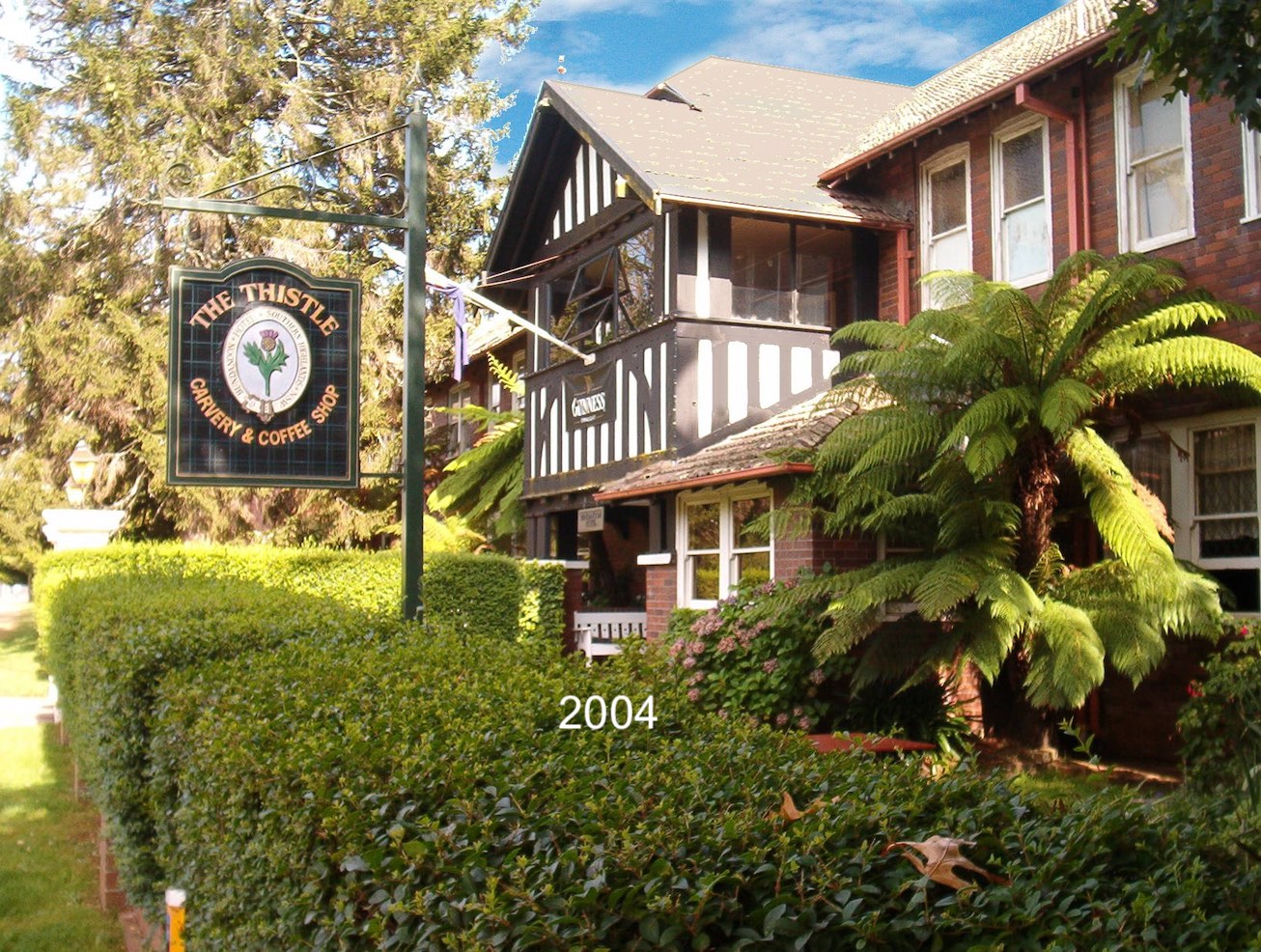The Bundanoon
free Audio Guide app
plus there is more history below if you wish:
The Bundanoon Hotel
Erith Street.


The Original Hotel
Two hotels have occupied this site in Erith Street. In 1883, Gus Nicholas opened the original hotel as the TEMPERANCE HOTEL. In 1884, he was granted Bundanoon’s first publican’s licence and the name was changed to the COMMERCIAL HOTEL.
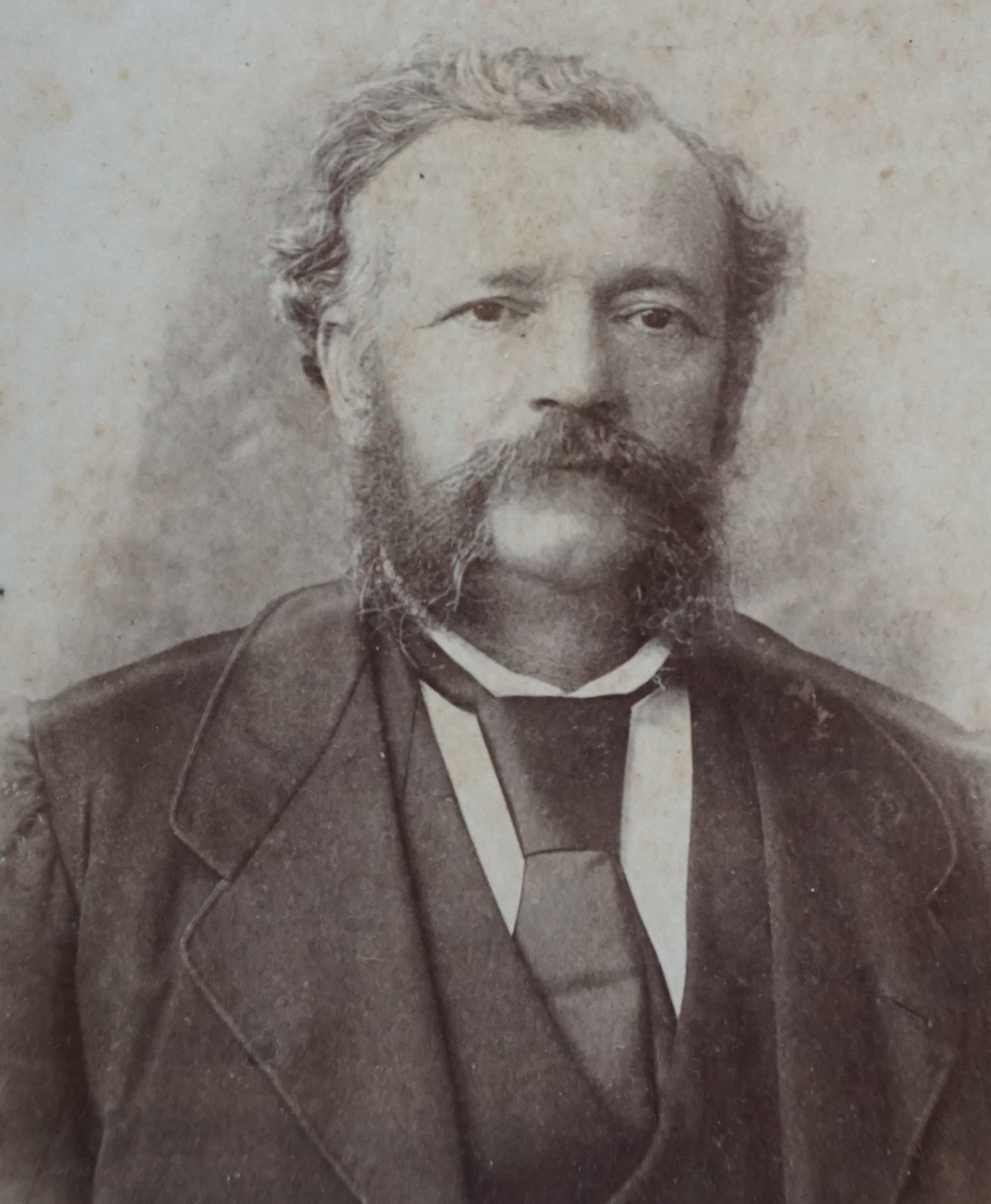
His wife, Sarah, took over the licence and ran the hotel, which boasted ‘good accommodation for visitors at 25 shillings per week.’ It also hired out horses and sulkies.
By 1892 the tourist trade had increased and a larger building was required. A single storey weatherboard hotel was built in front of the old Commercial hotel, which was later demolished. The new hotel was called the TOURIST HOTEL.
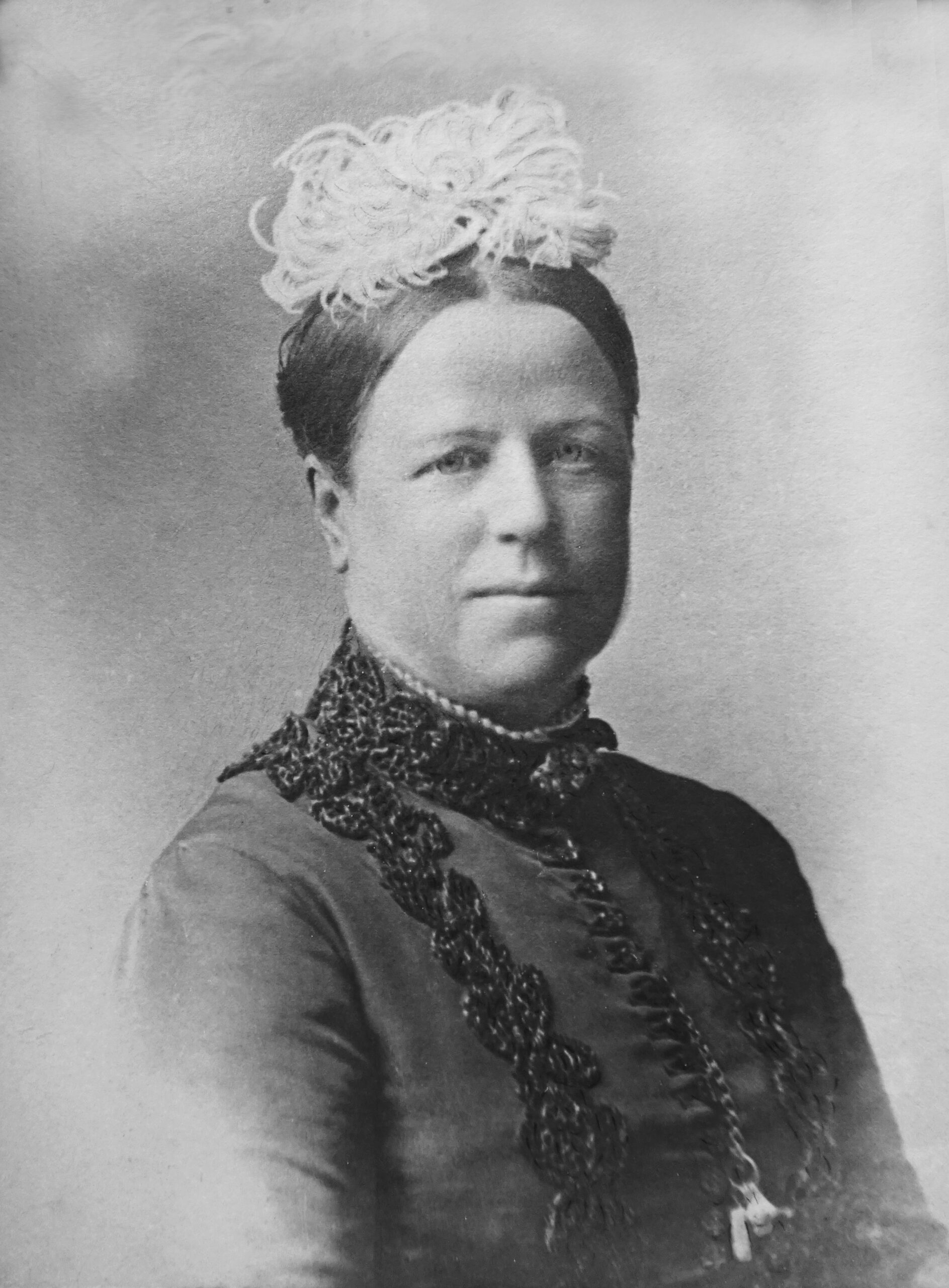
Albert Tyler acquired the hotel in 1902 and it was renamed as “The Royal Hotel” following the coronation of Edward VII.
Ella Tyler inherited the hotel in 1913 after her mother died and she dominated the management. There was no hope of getting a quick drink after closing time. Drunkenness was unknown and there was no noise from the hotel after dark.

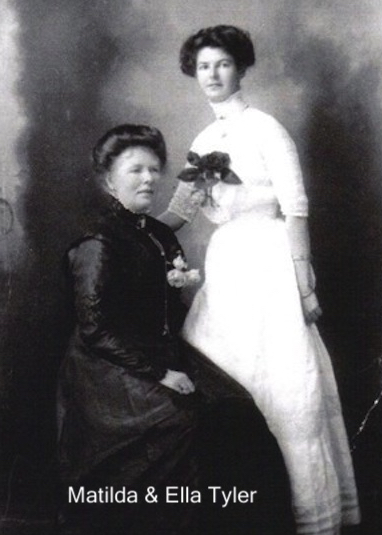
A New Hotel
The present hotel was built in1922 and designed in the Tudor Revival “Mock Tudor” style by Peddle & Thorp (3 Spring Street, Sydney).

The Heritage Study for Wingecarribee Shire Council by JRC Planning Services, 1993 states: “A large two storeyed, face brickwork building with Old English (or Tudor Revival) detailing including: “half timbering” to exposed gables on end walls; and centre of front elevation, a “half-timbered”, gable roofed is cantilevered over the main entrance, and a timber panelled entrance porch (with a “toothed brickwork” capping) and hedge terminating in brickwork gateposts with rendered moulded capitals at the front entrance.

It is said that the style of a building in Lenham, England was Roger Terry’s inspiration for the new hotel.
The bricks came from Bowral Brickworks, originally Bakers Bricks and marked BB. The hotel contract put the brickworks on the map.
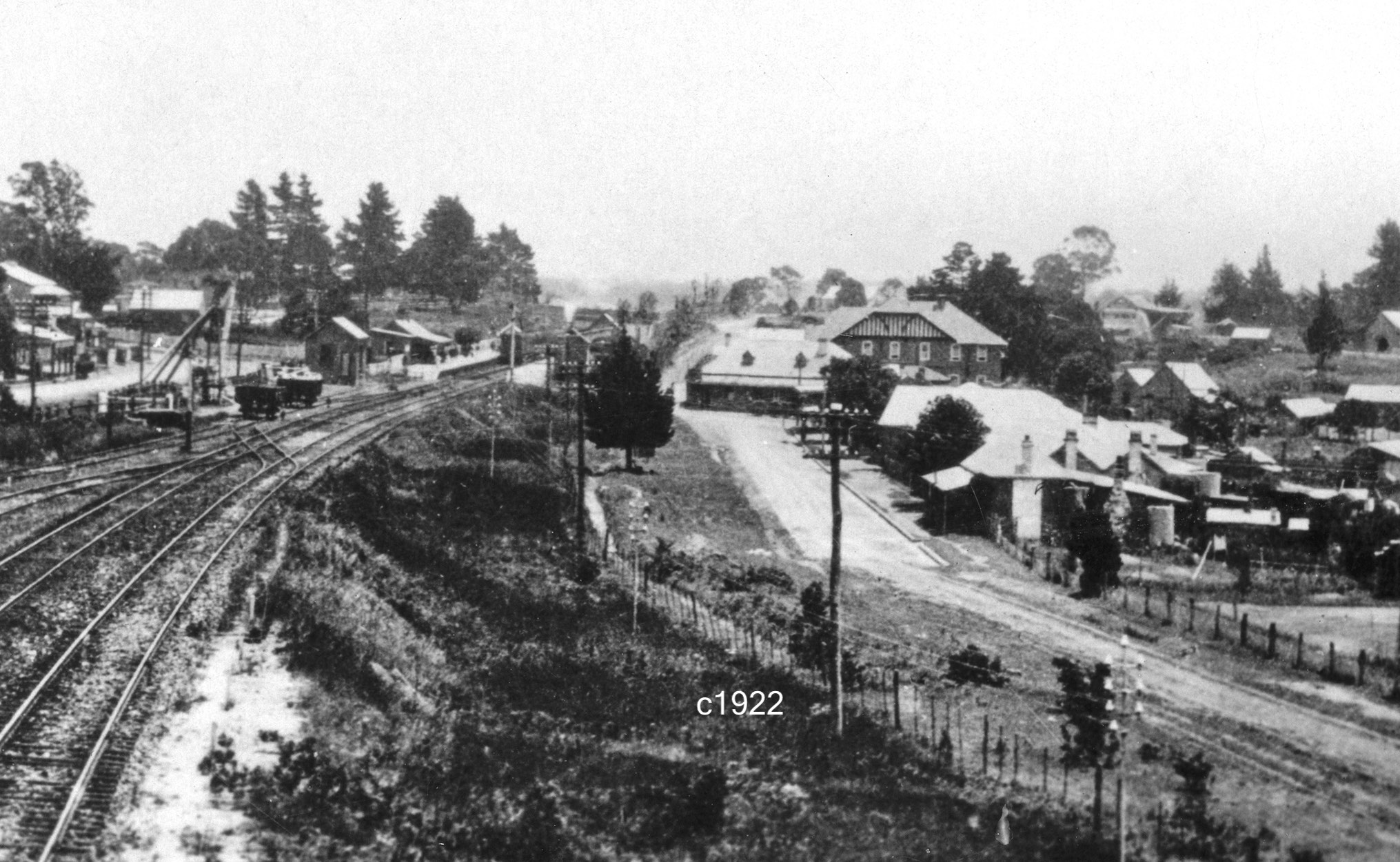
Three years later, in1925, new wings were added to the new hotel. Peddle, Thorp & Walker (now 226a George Street Sydney) were again the architects; Benbow & Sons were the builders.
One local newspaper declared in July 1925: “Next to the Robertson Hotel, the Bundanoon building will be the FINEST ON THE SOUTHERN LINE and the appointments more comfortable and up-to-date than many of the Sydney [hotels].”
The hotel was progressively extended and wings added. By 1927 the bars, the carvery and 13 bedrooms had been added.
In 1929 there were 30 new rooms built. The builder this time was George E. Rush of Randwick.
By 1939 the main dining room, kitchen and another 10 bedrooms were added. The hotel is still in its original state.

Roger Terry
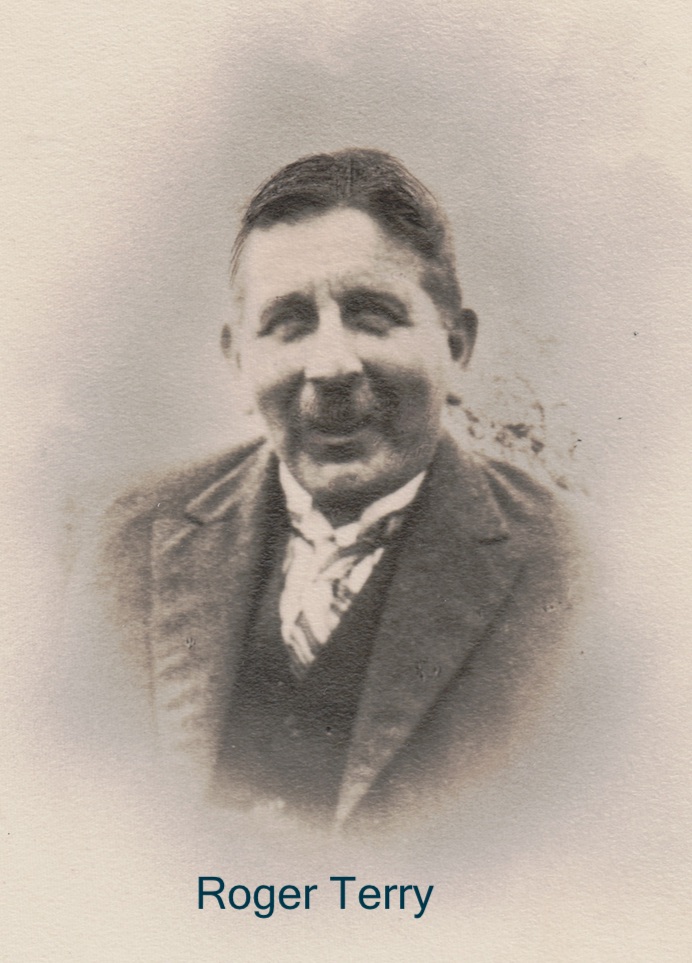
In 1908 Roger Terry became the licensee of the hotel while the Tyler family were overseas. He ran the business with Ella Tyler until he died in 1939, aged 66. His death was widely reported through rural NSW. He left substantial assets including land he had recently bought adjacent to the Royal Park golf links. He had intended to use this land as an airfield.
What was his relationship with Ella Tyler? A newspaper report said that Roger was adopted by the Tylers. It is unclear whether they had a relationship, but Roger is buried in the same plot as Ella and her family in Bundanoon Uniting Cemetery. A plaque with his name reads: ‘Beloved life-long friend of above’ (ie: Ella).
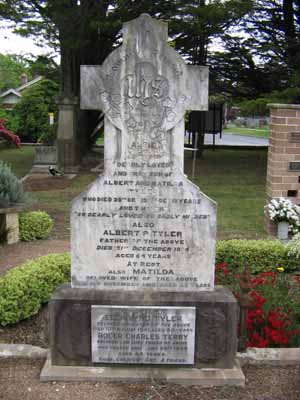
Hotel Water Supply
There were severe droughts in the 1940’s and Miss Tyler found it necessary to seek her own supply of water for the hotel. Sometime around 1940, she purchased 597 acres of land 3 miles down Penrose Road, opposite Shangri-La Road intersection. The land had a permanent water supply provided by a spring-fed creek. She had a dam constructed on the creek and a shed built to house pumping equipment and piping that went all the way to Bundanoon. She pumped her own water to the hotel and 66,000 litres of water were stored in tanks in the roof cavity of the hotel. This was reticulated to about 60 other properties in Bundanoon. Town water was connected in 1948.
The remains of the pumping equipment are still in the corrugated iron shed and remnants of the fibro pipes can be found in the bush. The pump was made by Miller & Co (Machinery) P/L of South Melbourne and Bendigo and bears the brand “Welch Perrin Melbourne”
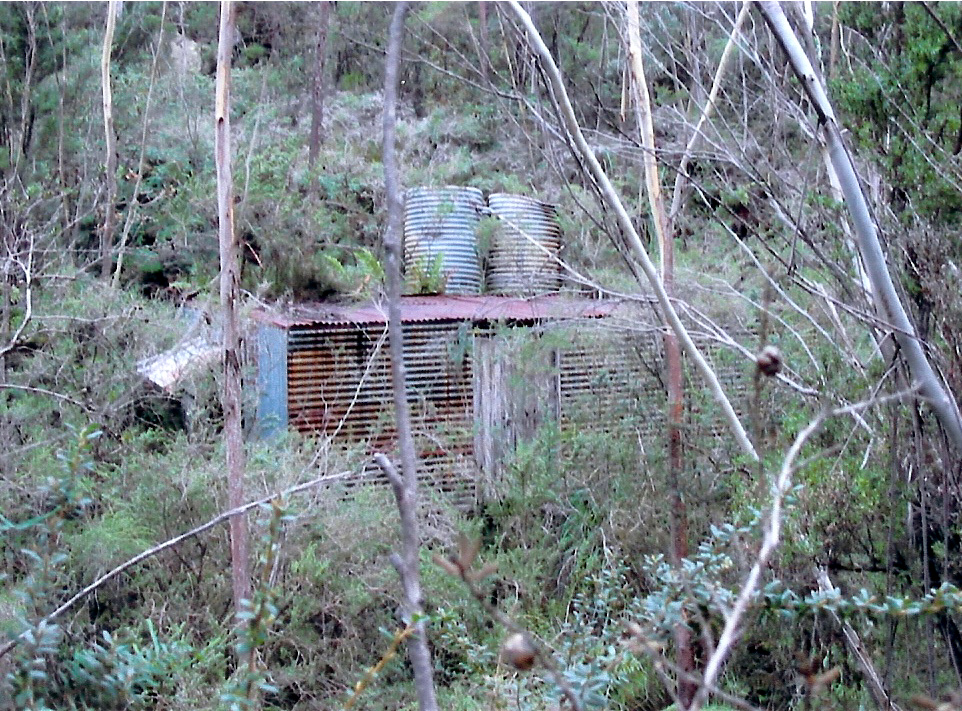
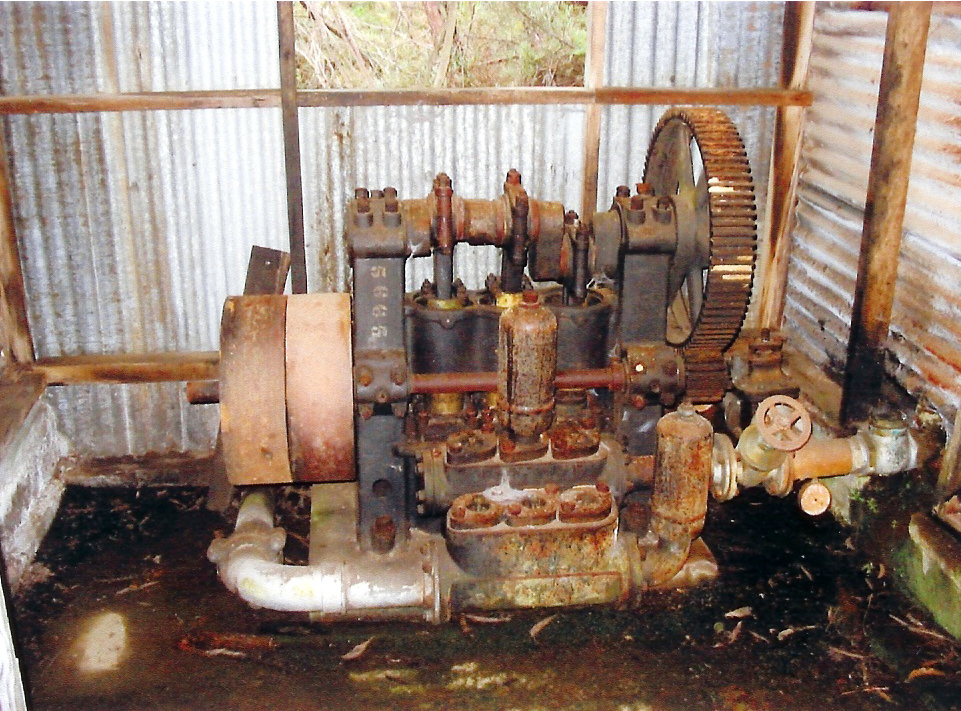
Ella died in 1941 at Berrima District Hospital Bowral at only 52 years of age. Her estate was is in the hands of the Perpetual Trustee Company, who intended to auction the hotel. Even though Ella was a staunch Anglican she surprised everyone by giving the bulk of her estate to the Salvation Army, and another substantial part of it to the Berrima District Hospital in Bowral. The hotel was now so profitable that with revenue from just one year the hospital was able to install a new patient lift in the building.
From Royal Hotel to Bundanoon Hotel
In July 1950 the hotel was finally sold back into the hotel industry and returned to its original status as a grand old country hotel with lots of style and tradition. The name was changed from “The Royal” to “The Bundanoon Hotel” on September 13, 1950.
Early in the 1950’s the hotel boasted accommodation for 26 cars including 11 garages. The hotel was further upgraded with additions in 1952 at a cost of 30,000 pounds. These modifications included a new sandstone entrance, new saloon and public bars, a high-pressure cooling system from the cellar to beer outlets, an increase in the number of bedrooms (twelve with shower recess) and accommodation for a number of cars in garages.
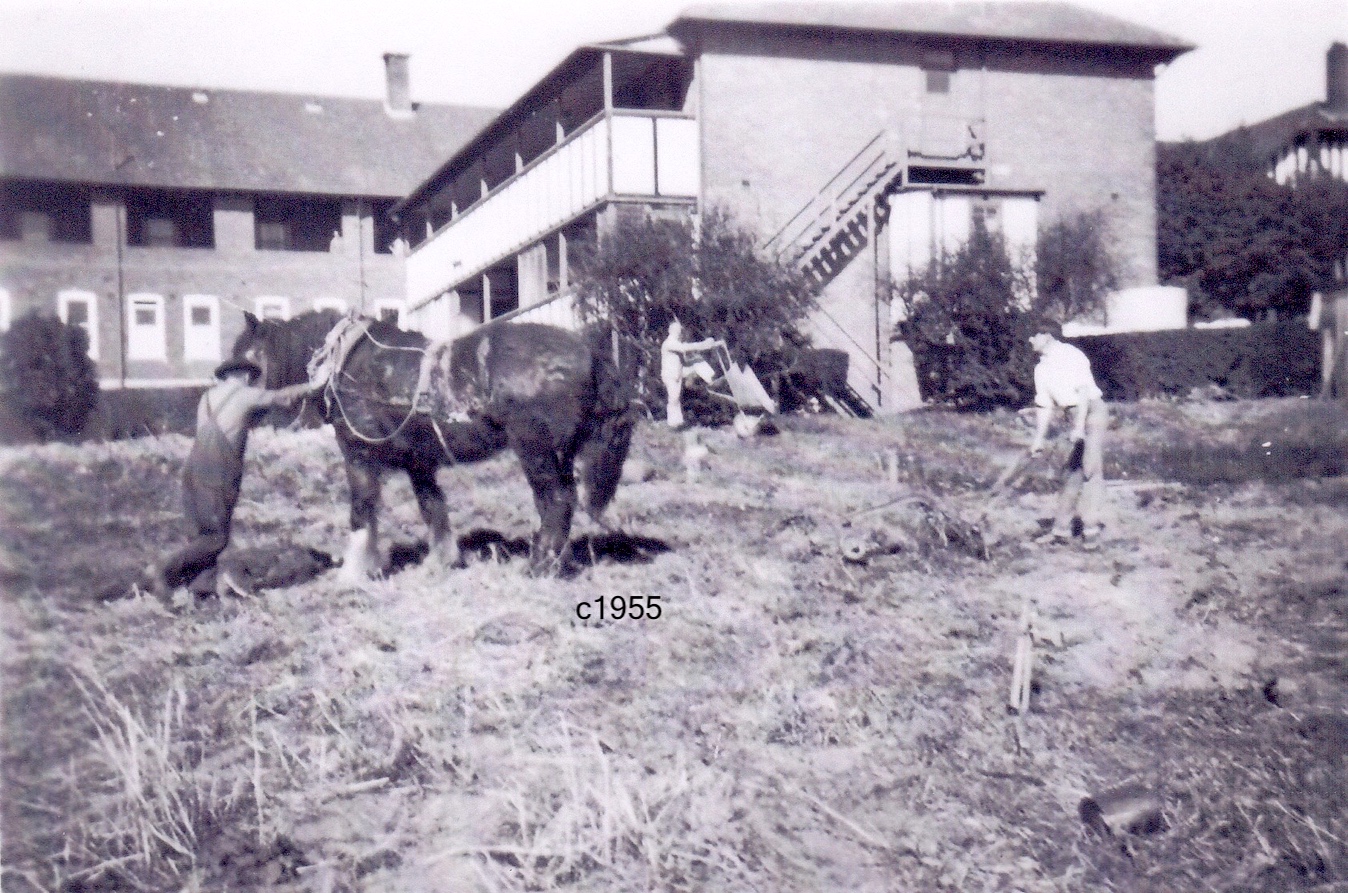
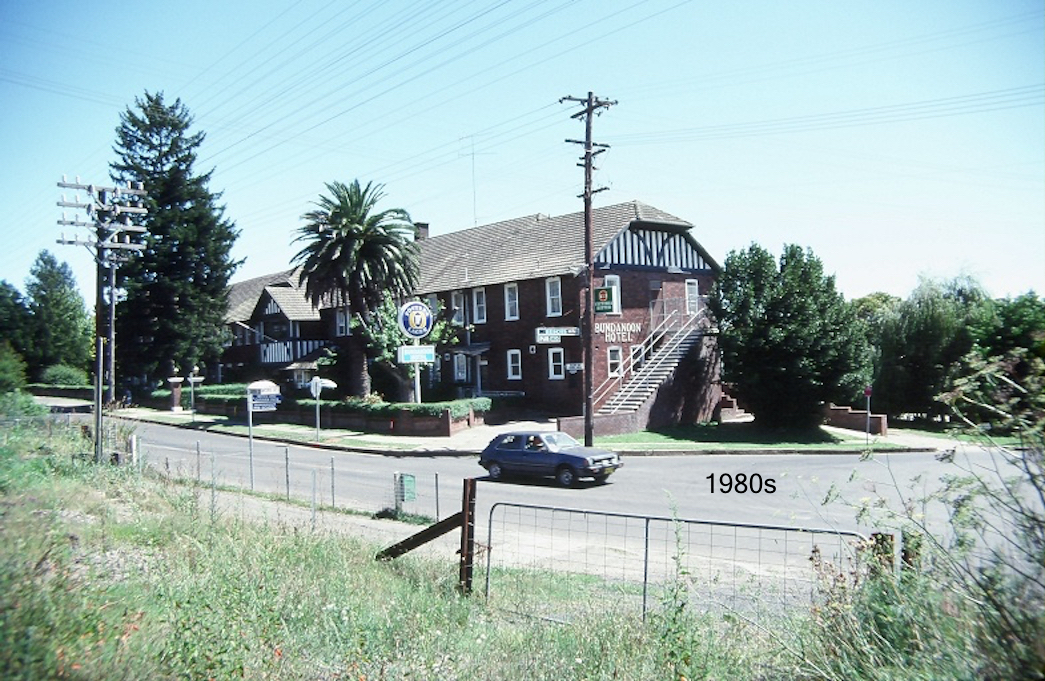
By 2002, after eighty years of history, restorations had been carried out to the hotel. The kitchen had been completely modernised but still retained the 10-foot AGA stove. The gardens had been landscaped and the tennis court and swimming pool had been upgraded.
